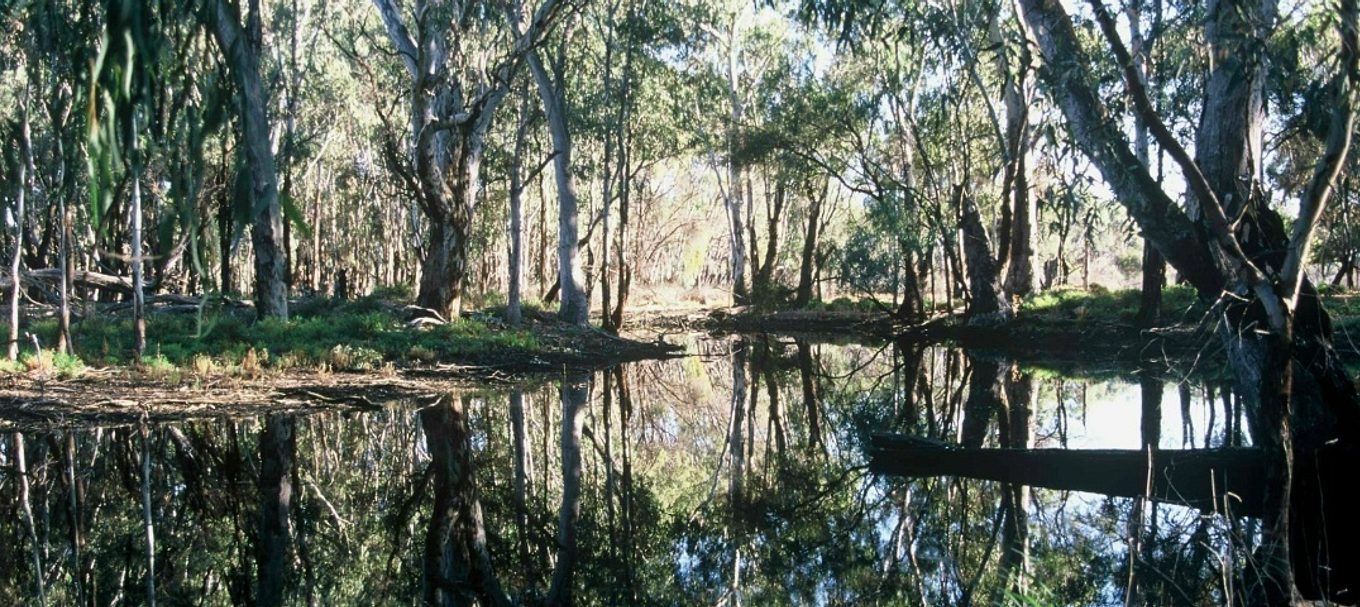
How biodiversity helps address climate change
You’ve probably heard about climate change and know what biodiversity is, but did you know that they impact each other? Learn more.
To give you a quick refresher, biodiversity is all the life on Earth and how it works together.
Think of it like a massive family gathering where every living thing, from cute critters to mighty trees and tiny microbes, gets a seat at the table. And guess what? They all have an important role to play in keeping our planet functioning smoothly.
Climate change, caused by human-led activities like burning fossil fuels and deforestation, can shake up this vibrant family gathering.
How does it do that? Let's find out.
How does climate change exacerbate biodiversity loss?
There are numerous ways climate change affects biodiversity; here are just a few examples.
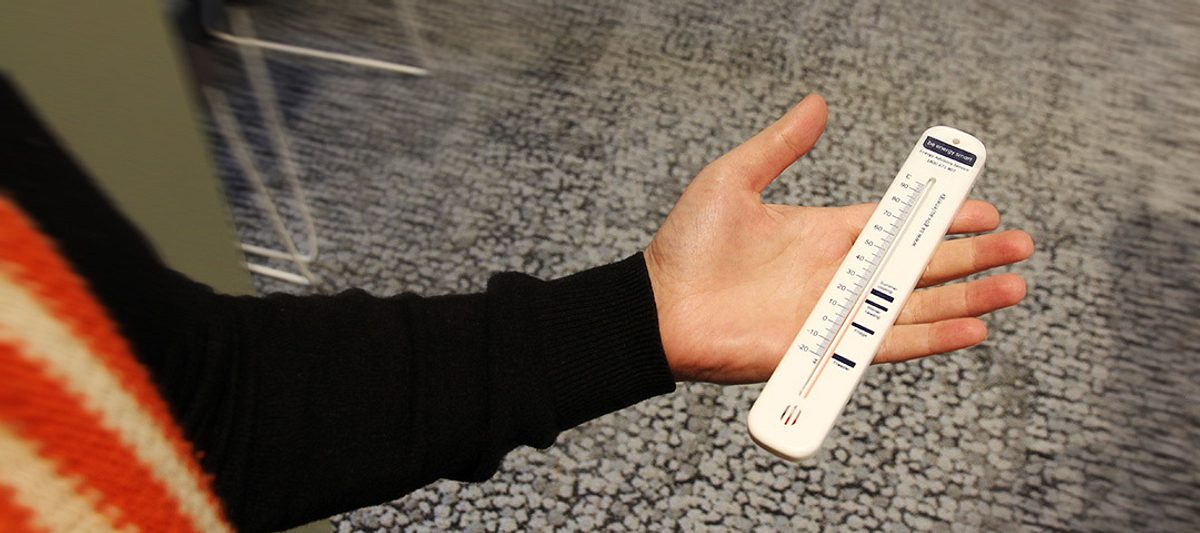
1. Rising temperatures and changing weather patterns
Climate change turns up the heat by altering the weather and raising temperatures. This can include increased periods of droughts or storms and more bushfires.
This can be tough for our favourite creatures and plants because they might not be used to the new conditions. It can directly impact their ability to survive and even their reproductive success.
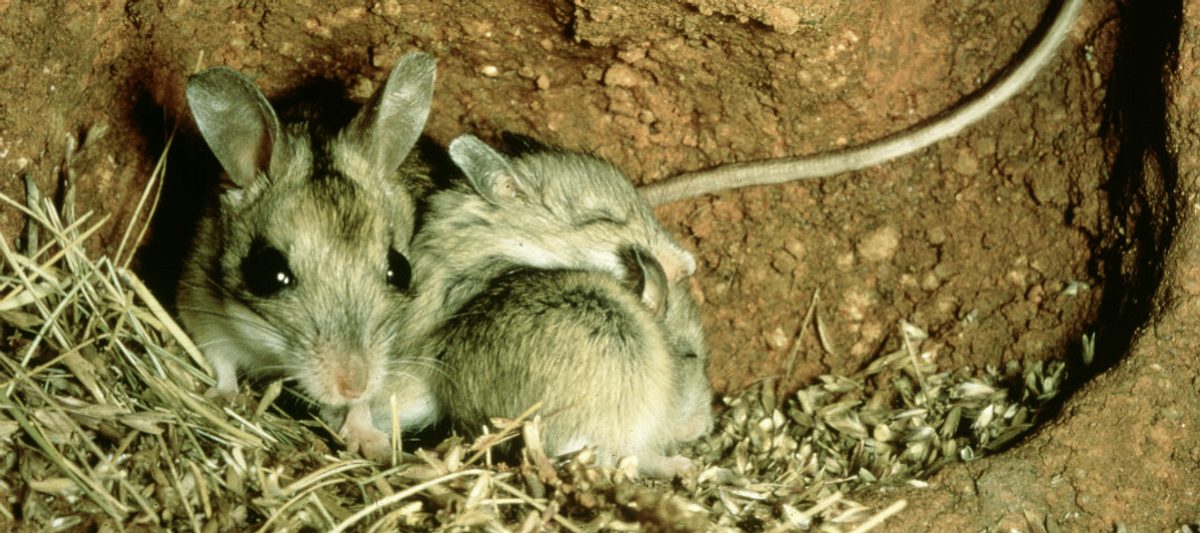
2. Habitat loss and fragmentation
Climate change plays a role in increasing habitat loss and fragmentation.
You know how you love your cosy room with all your creature comforts? Well, animals and plants also need a cosy place to call home too.
As temperatures and rainfall patterns shift due to climate change, ecosystems undergo transformations that can disrupt the natural habitats of various species. These changes make it harder for them to find suitable places to live and thrive. This, in turn, can have cascading effects on biodiversity and ecosystem health.
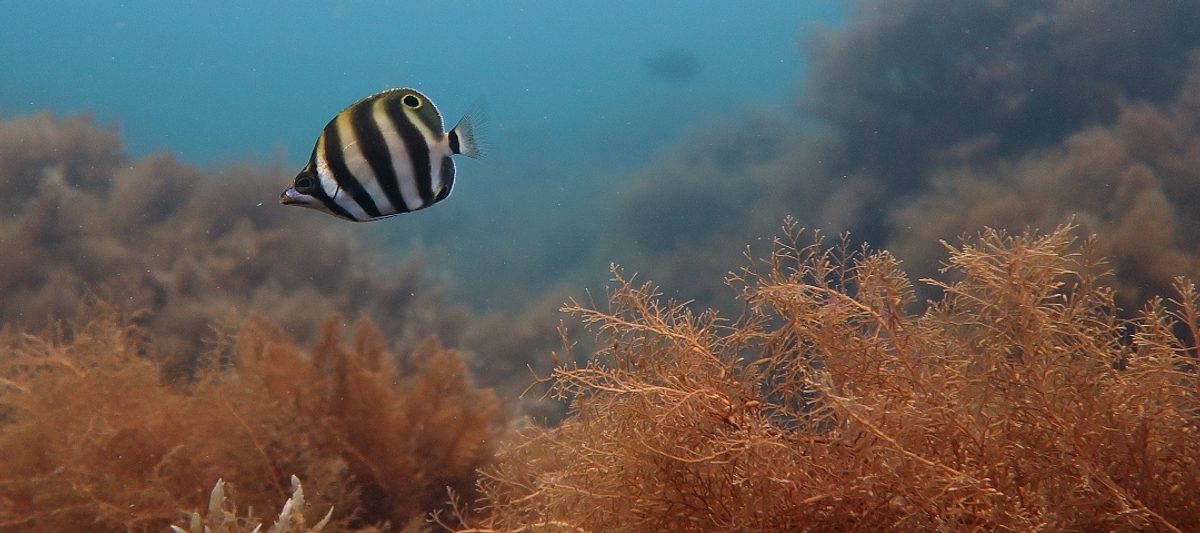
3. Ocean acidification
Let’s not forget about our underwater friends (climate change doesn't). The increasing levels of carbon dioxide we’re releasing into the air also finds its way into the ocean, making it more acidic. Imagine drinking lemon juice instead of water – not fun!
Ocean acidification harms marine life by reducing the availability of carbonate ions, which are crucial for the formation of shells and skeletons in many marine organisms. This is bad news for all marine life, but particularly coral reefs and shell-building creatures.
When combined with warmer waters and ocean heatwaves caused by the changing weather, it can have a cumulative effect that essentially 'supercharges‘ the impacts on biodiversity. This can exacerbate the rate of loss and increases the need for urgent action.
How does biodiversity help us tackle climate change?
Luckily this isn’t a one-sided story and biodiversity can play a vital role in addressing climate change.
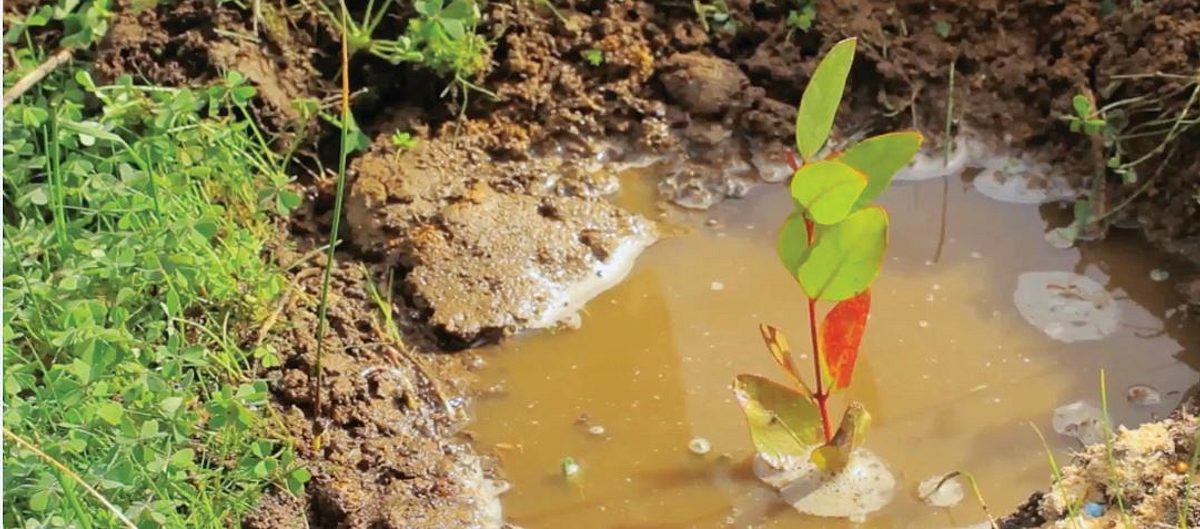
1. Carbon sequestration
Trees, forests, soils and wetlands all help to pull carbon dioxide from the air, like a vacuum cleaner for the planet. This is called ‘carbon sequestration’ and helps keep the Earth's temperature in check. But when we cut down trees and clear forests, it's taking away our planet's ability to sequester carbon we have already emitted or will emit in the future, and that's not good for anyone.
Fun fact: did you know that animals help sequester carbon too? Apex predators (think of lions, dingoes) play a role in controlling their prey’s behaviour and their numbers which can prevent things like overgrazing and help maintain soil health. However, it has also been found that some herbivores can play a positive role in maintaining the quality of the areas they feed.
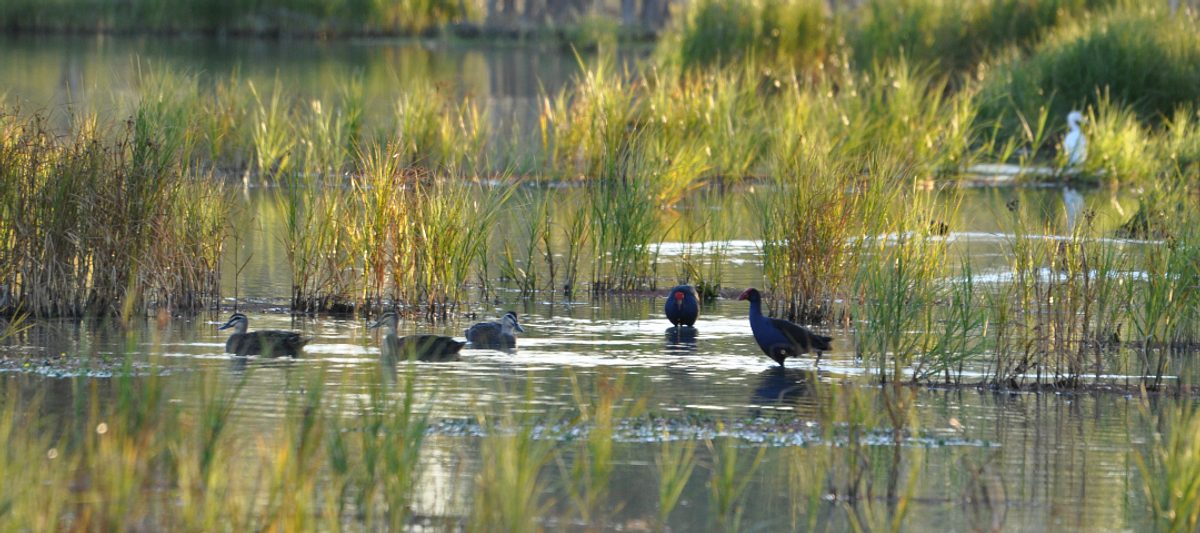
2. Ecosystem resilience
Biodiverse ecosystems tend to be more resilient to environmental changes, including climate change. This is achieved through redundancy, which means having multiple species that perform the same function but tolerate things (such as heat) differently. This results in better withstanding disturbances, recovering more effectively and adapting to change. Think of it like having a strong shield to protect us from harm!
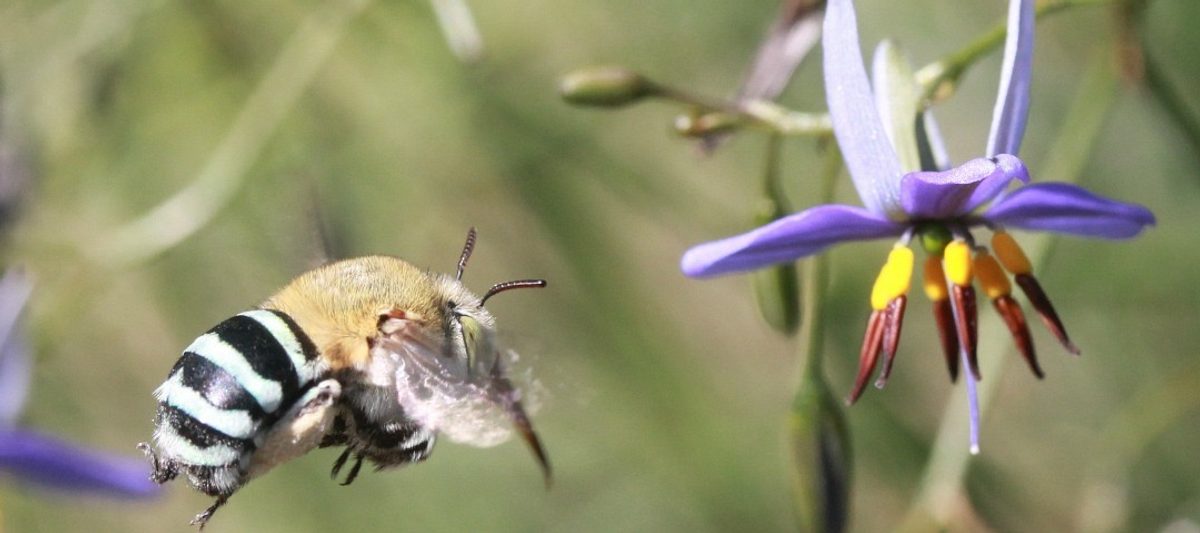
3. Food production and security
Biodiversity ensures that we have food on our plates by providing all the plants and animals we consume as part of a healthy and balanced diet.
Biodiversity also contributes to ongoing food production through maintaining the health of our soils, supporting the pollination of plants and purifying water. It also serves as a natural buffer against severe weather events, offering protection when needed, and ultimately ensuring long-term food security.
There you have it, the incredible link between biodiversity and climate change!
So, how can we make sure the dance between biodiversity and climate change remains harmonious?
There are many small but meaningful ways you can play your part. You can reduce your carbon footprint by using less energy, driving less, and supporting clean energy sources. You can also improve biodiversity in your own backyard by planting local natives or by volunteering on environmental projects.
In South Australia, the state government has committed to introducing a Biodiversity Act to prioritise the protection and recovery of our biodiversity for the long-term. Importantly, this will be the state’s first dedicated biodiversity legislation.
The community will be invited to provide feedback on the draft Bill in the second half of 2024. Learn more by visiting the Department for Environment and Water’s website or sign-up to keep up to date with development.
Want to learn more? Find out how climate change is affecting threatened species conservation or learn 10 fast facts on biodiversity.





